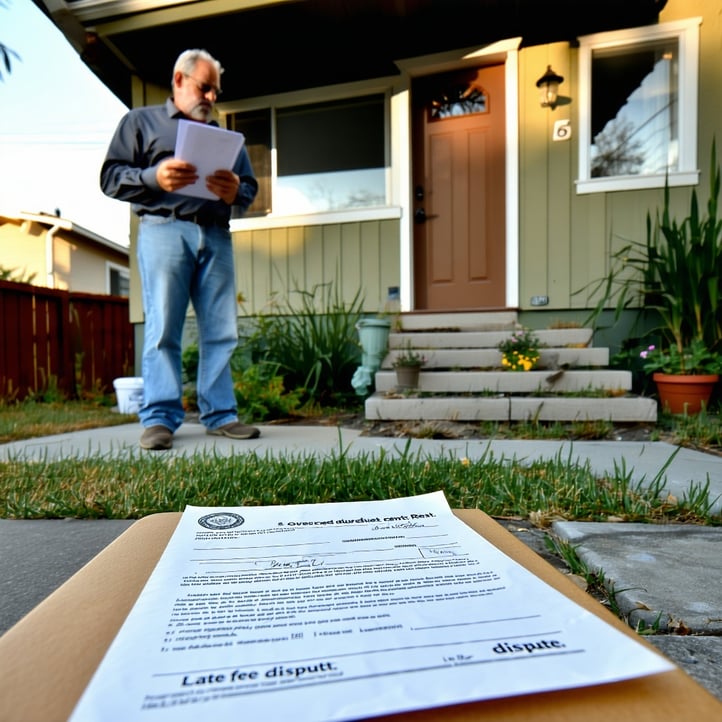What is rent control? Why should you care about it if you are a rental property owner? What do you need to do as a landlord to comply with AB 1482?
We have gotten a lot of questions about the new rent control law that passed this year so in this article we are going to tell you what we have learned about this law. AB 1482 was signed by Gavin Newsom back in October and it will take effect on January 1st 2020. The law is supposed to help people by putting a cap on rent prices. It also imposes Just Cause Eviction which applies if a renter has been in the property for a certain amount of time. At this time the law doesn’t apply to most single family homes or condominiums and housing built within 15 years. If you DO own property it applies to then rent is capped at five percent plus CPI OR 10 percent whichever is lower. There are some exceptions to this but in general it’s a 5% cap in a 12 month period. For a new tenant the owner can charge whatever they want because the rent cap doesn’t apply. If 1482 DOES apply to your property you have to now provide a disclosure to the tenant that rent control applies to them in no less than 12 point type. There are exemptions to 1482. The exemptions to 1482 are:
- very low income housing
- housing built in the last fifteen years
- single family homes or condos as long as the owner is not a real estate investment trust or an LLC where one member of the LLC is a corporation
- duplexes IF the owner lives in one side
- dormitories are exempt from rent control
As mentioned earlier if your property is exempt you need to provide the tenant with a disclosure that says your property is exempt. AB 1482 is called the rent control law but it also affects eviction and lease termination. If AB 1482 applies to your property there are new Just Cause eviction laws that establish the criteria for terminating a lease. For just cause eviction laws to apply or lets call it just cause/lease termination to apply, the tenant has to have occupied the property for at least 12 months. The length of time the tenant has to occupy is a little more complicated than that, but for simplicity let’s just assume I’m talking about a tenant who has occupied the property for 12 months. A landlord can’t terminate a month to month lease or a fixed term lease without providing a reason for terminating the lease. There are two categories of just cause. At Fault Just Cause where the tenant did something wrong and no fault just cause where the tenant didn’t do anything wrong the owner just wants to terminate the lease. For at fault just cause to apply, there is a long list of reasons an at fault termination could apply like the tenant didn’t pay rent or not maintaining the property. For No Fault just cause to apply, again there is a long list of reasons no fault could apply like the owner wants to move in or the owner doesn’t want to rent it out anymore and takes it off the market. If it’s determined that it’s a no fault lease termination, then the landlord must pay the tenant an amount equal to one month’s rent within fifteen days of notice of termination or the landlord can waive the last month’s rent payment. Relocation payments are not required if a court decides it is an at fault termination. Relocation payments are also not required if the tenant doesn’t vacate after the expiration of a no fault termination of tenancy. I hope this answers some of your questions about rent control.
We manage rental properties in the following areas: Carlsbad, Oceanside, Del Mar, Encinitas, Escondido, Oceanside, San Marcos, Solana Beach and Vista. If you have a property management related question please feel free to reach out and we are happy to help. If we can't answer it, we are also a member of the California Apartment Association so we can find an answer there.





